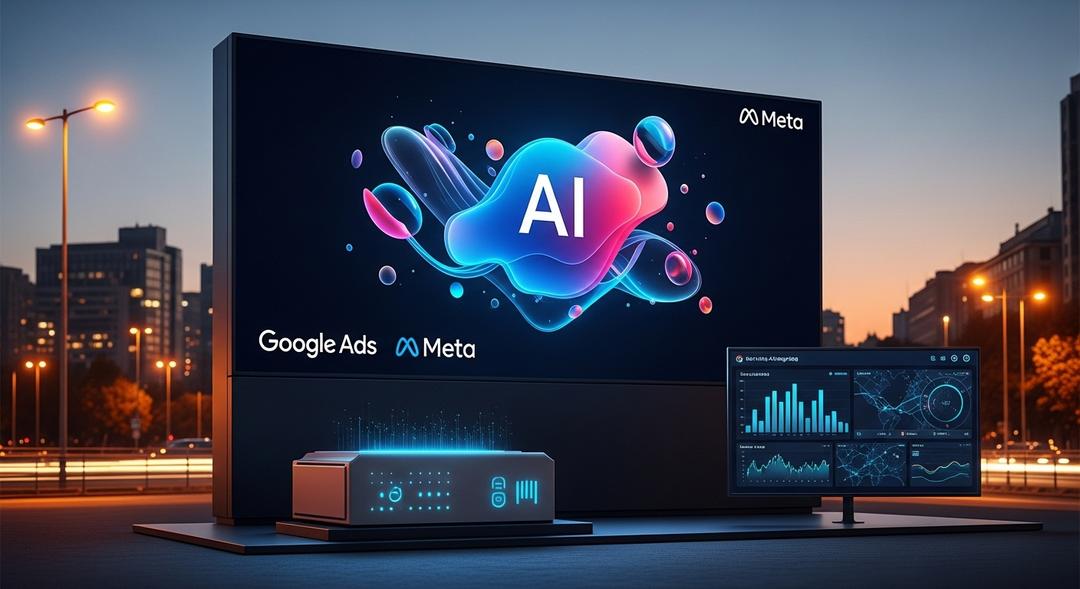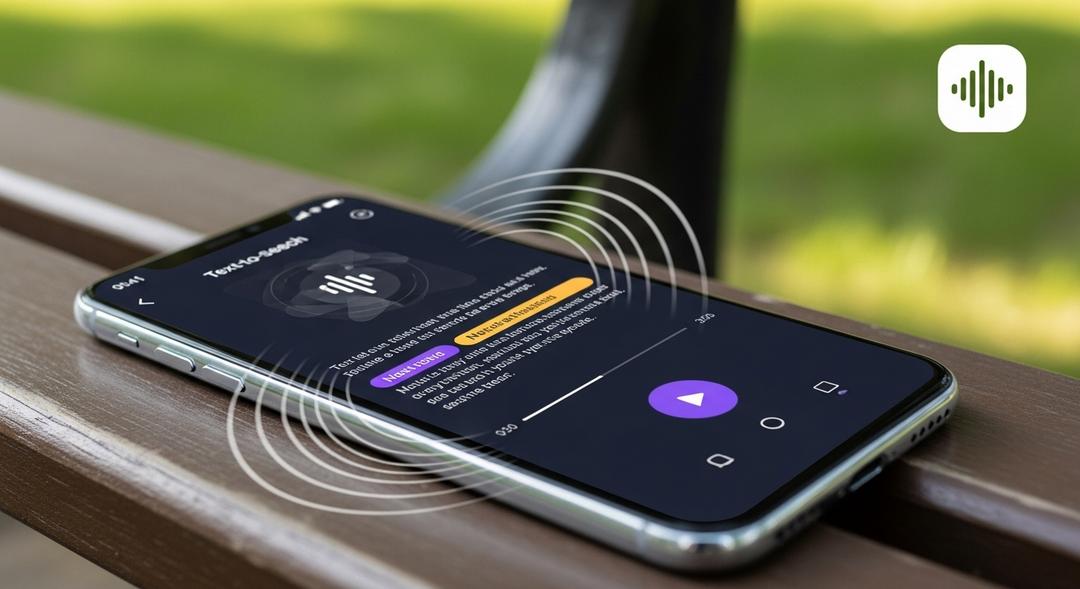Exploring the latest advancements in technology for advertising brings new opportunities to connect with target audiences, streamline campaign management, and improve overall marketing performance.
Businesses ranging from startups to large enterprises are adopting these solutions to reduce time spent on manual tasks, cut expenses, and deliver more relevant campaigns to their consumers.
With cutting-edge ads software, marketers can uncover actionable insights and customize every aspect of the customer journey.
This article spotlights several key platforms that are redefining digital advertising today.
What are the benefits for using AI tools for ads
Utilizing specialized advertising platforms provides advantages that go beyond what traditional marketing methods offer.
From optimizing budgets to generating tailored, high-impact ad creatives, these systems unlock deeper value for marketing teams.
- Boosts productivity by automating routine and repetitive campaign duties
- Enhances targeting so that messages reach users most likely to take action
- Examines complex datasets to uncover trends and optimize outcomes in real time
1. Gumloop
Features
- Makes it easy for users to design and launch ad creatives using templates and an intuitive drag-and-drop interface
- Supports advanced personalization for different audience groups
- Delivers integrated analytics for monitoring ad effectiveness and conversions
- Enables seamless A/B testing to refine creative visuals and messages
Pros
- Accessible interface that requires little technical experience
- Multiple customization options suit diverse campaign objectives
- Instant reporting tools speed up decision making
- Solid onboarding and helpful support resources
Cons
- Some advanced tools may take extra time to master for beginners
- Integration with all ad platforms isn’t universally available
Pricing: Gumloop provides several monthly plans and a free trial for new users.
2. Jasper AI
Features
- Quickly produces ad copy, engaging headlines, and enticing product descriptions
- Offers a range of tone and stylistic choices for brand consistency
- Easy integration with popular digital marketing platforms
- Enables teams to collaborate and organize their content production workflows
Pros
- Speeds up the copywriting process remarkably
- Supports a variety of ad platforms and formats
- Streamlined onboarding, perfect for marketing agencies and teams
Cons
- A small amount of manual editing might be needed for best results
- Limited to text assets, lacks visual creative production
Pricing: Jasper AI offers monthly subscription models with several options and a free introductory trial.
3. Albert.ai
Features
- Automates digital marketing efforts across multiple channels
- Improves media buying and bidding tactics for maximum efficiency
- Monitors performance and automatically tweaks campaigns
- Delivers audience insights for sharper segmentation
Pros
- Saves precious time by managing bid optimization and campaign tweaks
- Increases return on ad spend through smart management
- Compatible with a variety of digital platforms, including search and social
Cons
- Works best when there is already some advertising and audience data available
- May be pricier compared to basic advertising tools
Pricing: Albert.ai offers personalized pricing and can arrange tailored demos for larger companies.
4. AdCreative.ai
Features
- Quickly creates ad creatives designed to drive conversions
- Uses previous campaign data to suggest design improvements
- Compatible with a broad array of platforms including social sites and search engines
- One-click exporting to launch ads directly on selected channels
Pros
- Ideal for marketers looking for rapid creative production
- Takes the guesswork out by leveraging proven data to inform designs
- Supports an array of sizes and formats for campaign flexibility
- Super simple export options make execution a breeze
Cons
- Further visual customization may feel limited for skilled designers
- Occasionally, manual integration setup could be needed
Pricing: AdCreative.ai has adjustable monthly pricing plans and a trial period to get started.
5. The Trade Desk
Features
- Offers an all-in-one programmatic ad buying solution
- Global reach with access to diverse ad inventory including video, native, audio, and display
- Provides sophisticated targeting and robust data management
- Comprehensive reporting tools for actionable campaign insights
Pros
- Perfect for large advertisers and digital agencies
- Highly adaptable, accommodates a diverse platform ecosystem
- Rich data insights allow for precise audience pinpointing
Cons
- May appear overwhelming for small businesses or solo marketers
- Requires adherence to certain minimum ad spend amounts
Pricing: The Trade Desk works on a spending-based billing model.
6. Adzooma
Features
- Main control panel allows users to oversee Google, Microsoft, and Facebook ads in one place
- Automated performance suggestions to maximize campaign success
- Constant monitoring of account health with in-depth reporting
- Built-in keyword and competition evaluation tools
Pros
- All-in-one dashboard makes campaign management straightforward
- Smart automation for budget and bid management
- Regular enhancements with new feature rollouts
Cons
- Best suited for small and mid-sized brands, less suitable for major enterprises
- Some recommendations may benefit from human review before acting
Pricing: Adzooma has tiered monthly plans, with a free option for newcomers.
7. Fibr AI
Features
- Delivers smart, data-driven insights to boost campaign performance
- Provides easy-to-read visual dashboards that highlight trends
- Forecasts campaign results using predictive data models
- Compatible with numerous advertising and data management platforms
Pros
- Empowers marketers to make better informed choices
- Emphasizes using insights to improve ROI and strategy
- Blends well with existing advertising and management solutions
Cons
- Main focus is analysis rather than content or creative production
- May require some experience with analytics tools or metrics
Pricing: Fibr AI provides various subscription tiers for businesses of all sizes, and demos are available.
Conclusion
Digital marketing software built for advertising has truly transformed how brands approach online campaigns.
From creation to targeting and in depth analysis, these platforms open up new possibilities for scaling and refining your messaging.
With more organizations relying on quality copywriting tools and smart social media assistant platforms, there’s a solution for practically any advertising need or budget.
Embracing these tools leads to more efficient spending, improved campaign results, and a competitive edge in the ever-evolving landscape of digital ads.
Brands willing to adapt and explore these systems are likely to see better targeting, stronger messaging, and key insights to enhance marketing strategies moving forward.








